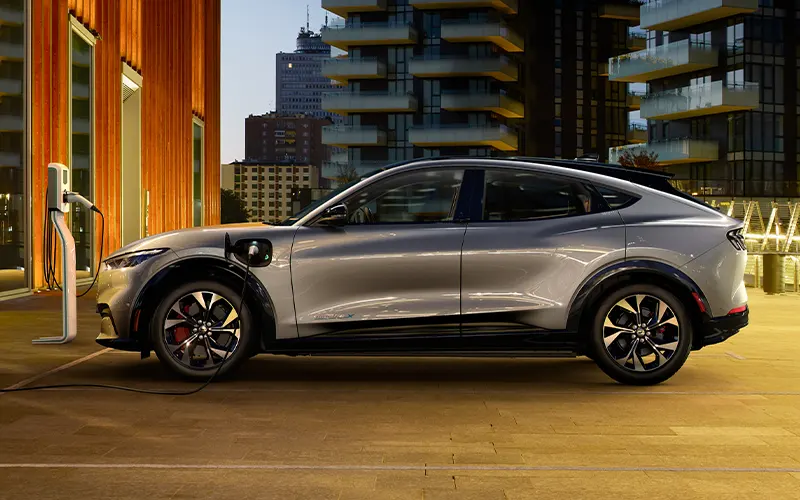Facing pressure from the automotive industry, the US Environmental Protection Agency (EPA) is preparing to adjust emissions targets for new cars, a move driven by major US manufacturers’ concerns over the pace of electrification due to high costs.
According to Reuters, the EPA’s revised regulation will lower proposed yearly emission targets through the end of the decade. While exact figures are yet to be disclosed, it’s understood that car manufacturers will now be required to achieve less than the previously proposed 60 per cent of their sales with electric vehicles (EVs) by 2030. The final version of the regulation is expected to be published next month.
Initially, the EPA’s proposal for the period from 2027 to 2032 aimed for car manufacturers to have 60 per cent of their new vehicle production as EVs by 2030 and 67 per cent by 2032 to meet stricter emissions requirements. A draft published by the EPA in April 2023 suggested that manufacturers would need to reduce new car emissions by 56 per cent by 2032, a target that could have been met with the aforementioned electric car quotas.
However, enthusiasm for EVs has diminished in the US. Ford reported significant losses in its EV division and has paused projects along its EV roadmap. General Motors also postponed the start of EV production due to low demand. Reuters noted that car manufacturers and the United Auto Workers union have urged the Biden administration to slow down the planned increase in electric vehicle sales, citing the technology’s high costs for many mainstream US consumers and the need for more time to develop the charging infrastructure.
The Alliance for Automotive Innovation (AAI), which includes GM, Ford, Stellantis, Toyota, and Volkswagen, among others, criticized the original EPA proposal as “neither reasonable nor achievable” in 2023. Electric vehicles accounted for around 8 per cent of US sales last year.
The EPA’s original rules would have represented “the most aggressive US vehicle emissions reduction plan to date, requiring 13 per cent annual average pollution cuts,” according to a statement made when the proposal was unveiled in April 2023. The EPA estimated that manufacturers would need to incur an additional cost of around $1,200 per vehicle to meet the proposed requirements. EPA Administrator Michael Regan emphasized the urgency of addressing the climate crisis through ambitious standards.
While the EPA does not set annual sales quotas, it can limit the pollution resulting from the total number of cars a manufacturer sells, potentially requiring a certain percentage of zero-emission vehicles.
Additionally, the EPA proposed targets for commercial vehicles in April, suggesting that 50 per cent of buses and refuse collection vehicles should be electric by 2032. The quota for short-haul tractor units is 35 per cent, and for long-haul trucks, it is 25 per cent.

